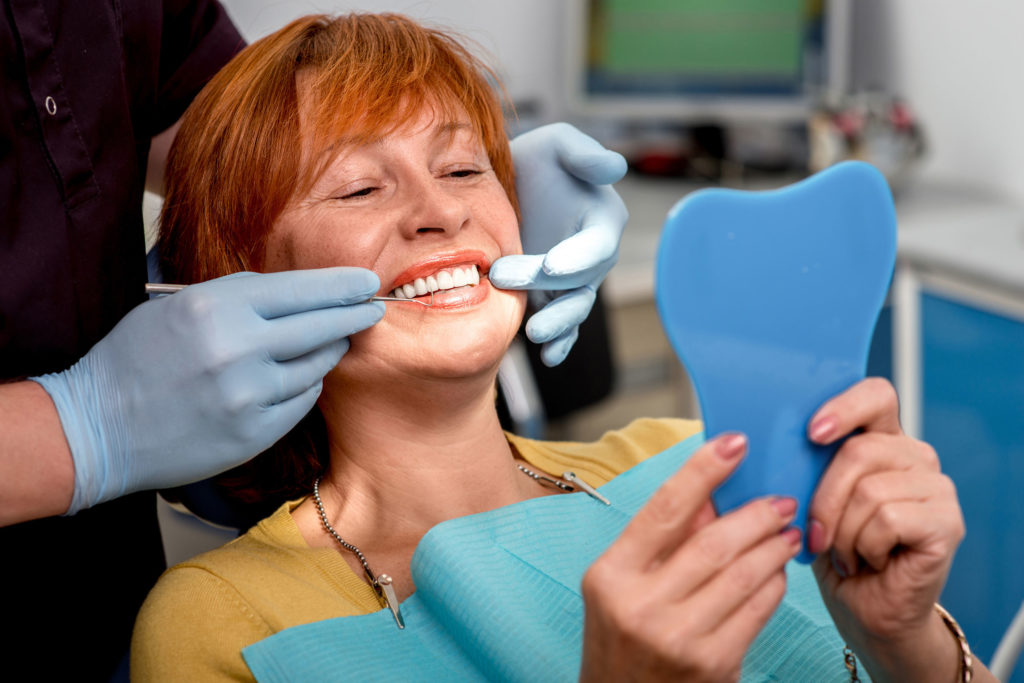After years of wearing braces, you finally have the smile you dreamed of. You are following your Dr. Creed’s advice by keeping up with appointments and making sure you care for your teeth as instructed, but now something alarming happens. Your smile looks great, but you start noticing that your teeth are moving.
What is Up With Post-Braces Teeth Movement?
Your braces or Invisalign aligners were holding your teeth in place. Dr. Creed gave you new aligners or made necessary adjustments to your braces to add pressure to your teeth to move them in a desired direction. This was the kind of pressure and change your teeth went through the entire process. Removing this orthodontic device means pressure will no longer be applied to your teeth, which allows them to move; this is natural and usually expected. Your teeth are going to make small adjustments to adjust to your bite, which should make everything feel better for you.
You should also remember that the body changes as you age. The skin loses collagen, leading to the loss of elasticity and the creation of wrinkles. The same thing may start happening to your oral cavity. The gums and your jawbone may experience some changes, which could lead to some dental movement. In essence, the likelihood that there will be absolutely no teeth movement is pretty slim. This is one reason why your orthodontic specialist will likely recommend that you use your retainer as much as you can during the recommended period. The retainer is meant to keep this natural settling at a minimum.
Should I Ever Worry?
Okay, so you know there is a chance of some natural settling after your braces come off, but there is also a chance something else might happen. Significant changes or front teeth movement is not normal, which means it is time to contact your orthodontic specialist. One of the most common solutions to this problem is having your retainer adjusted to prevent undesired movement.
Now, some cases may require your orthodontic specialist to bond a retainer to your teeth using dental glue. This is an easy procedure and usually fixes the issue. The retainer is removed once the shifting has stabilized. Some people’s teeth are too small for this option, which means a third alternative must be considered. Your dental care specialist will likely suggest that you let the teeth move to their final settling place. Then, your specialist may fix the issue with something like veneers.
Do not worry about this too much. From our experience, it seems that those who call us when suspicious movement occurs will likely fix the issue with a simple retainer adjustment. Those who ignore the changes might have to wear a clear aligner for a few more months while others might be forced to use braces or Invisalign again.
What is the Deal With Retainers?
Settling will happen, which is why we recommend retainers. The movement happens when the treatment is over, which is one reason we recommended that you wear your retainers as much as possible for the first few months after the braces or Invisalign treatment. The retainers are meant to decrease settling while improving bite. After your orthodontic specialist tells you it’s okay, you can wear the retainers only at night after those first few months. Keep in mind that most people wear retainers the rest of their lives because teeth may attempt to shift back to their original state without the added pressure. The good thing is you will likely only have to wear them at night and only a few times in a week.
Hopefully, these points answered your questions, but we can answer any other questions that you have. Do not hesitate to call Creed Orthodontics in Cypress Texas as soon as you can.


